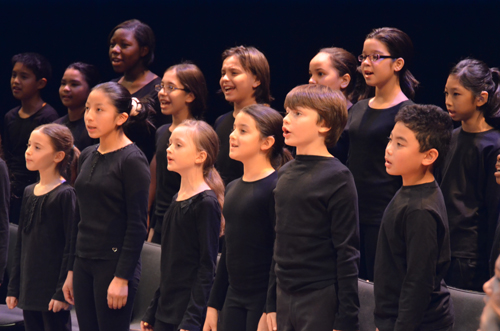
I know when I have experienced a miracle: getting the opportunity to meet Andrew Lloyd Weber in the 1980’s to talk about the talent of an unknown artist named Sarah Brightman who was to headline in a Lloyd Weber production called Song and Dance; sitting next to Jim Henson as he spoke about his vision for his follow up to The Muppets – a little show called Fraggle Rock; being taken by my friends Suzan and Jerry Kremer to see a charismatic young conductor named Francisco Nunez inspire a little known diverse chorus of young people to sing music that was just as inspiring as it was boldly diverse.
How do I know I have witnessed a miracle? I get goose bumps. I feel I am in the presence of genius. And so far the goose bumps have not let me down. None of the aforementioned artists failed to raise the bar in their illustrious careers and deliver creative contributions to the arts that I believed the world would enthusiastically embrace.
Twenty-three years since its beginning, Nunez’s Young People’s Chorus has become one of the most influential and honored choruses in the world. In the process, it has introduced millions of listeners, young and old, to great music across the spectrum, including the newest cutting-edge compositions. Collaborations with highly regarded composers, performers, and institutions have caused both the world of arts and the world of education to marvel at the miracles that Nunez has realized with a group of young musicians to become “a national model of artistic excellence and diversity,” according to the President’s Committee on the Arts and Humanities.
So what’s next?
Another miracle of course.
Nunez commissioned a new opera aptly called Miracle! from composer/conductor Victoria Bond and librettist Susan L. Roth, an author and illustrator of children’s books. Miracle!, told in song and dance, is the story about the miracle of Hanukkah. It features original music as well as traditional Hanukkah melodies. The opera’s eight principals include feisty children, wise parents and grandparents, not to mention a singing dog and toy bear. A packed house of enthusiastic families at the Jewish Community Center workshop in Manhattan last weekend exclaimed it a hit. Young People’s Chorus Assistant Conductor Sophia Miller guided the cast of approximately 30 school children ranging in age from 7 – 12 through the production as the audience laughed, sang along and applauded the joyous holiday opera.
Next up, The Young People’s Chorus of New York City is planning a full blown production with orchestra, sets, and costumes for December, 2012. Victoria and Susan explain they will “continue to polish and refine the opera.” It will be orchestrated as there is interest from other opera companies to include it in their winter season. As the new opera Miracle! continues its journey to win hearts and transform the musical education of children, I welcomed the opportunity to chat with Francisco, Victoria, and Susan about the contribution of this important new operatic work to the world of music education.
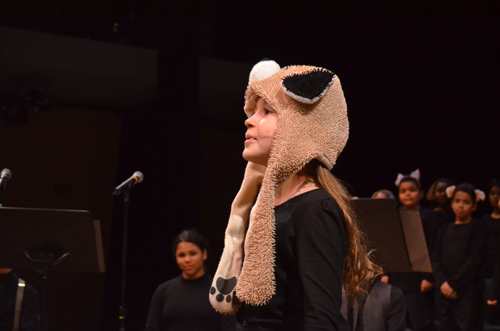
Francisco, I didn’t know young children’s voices could handle “opera”. What are the big differences between a children’s opera versus a children’s musical?
It isn’t unusual for children to sing in opera. They have been doing that for years either as characters in operas of well-known composers or those written specifically for children, such as Brundibar by Czech composer Hans Krasa. The big difference between an opera and a musical is that generally in opera everything is sung. In a musical there is spoken dialogue.
What special training, discipline, and preparation do young children need before they can sing opera?
These children are already trained singers, but in opera, singers need a lot of breath, as well as coaching in acting and reacting. For the opera, we needed to work with each of the eight soloists (mother, father, grandmother, grandfather, daughter, son, dog, and toy bear) individually to learn to project and to act a role. We worked with them to learn how to communicate the story while singing and reacting to each other’s characters.
Why did you feel it was necessary to commission an opera versus a musical?
I feel that children should be exposed to opera and the art of opera. I want them to be engaged in this sophisticated art form. From singing this kind of music, they learn different singing techniques.
Susan and Victoria, why is opera such an important art form for young children’s music education?
Susan and I believe that opera encompasses all of the arts. In an easy and natural way it exposes children to music, dance, costume and stage design, drama, history, and poetry. Such an intense experience of opera at an early age can encourage a life-long appreciation.
Victoria, why do you believe Miracle! will have universal appeal?
Children of every background and ethnicity have a similar issue – getting along with each other. Miracle! addresses this as the children begin (in the opera) by arguing and not listening. They plan a play celebrating Hanukkah, but they can’t agree on anything. During the course of the opera, they learn to listen to each other’s stories and songs, and they begin to become more tolerant and understanding. Hanukkah is a celebration of light, and Miracle! is about how that light goes off in each child’s head, saying, “We need to get along with our parents, our brothers and sisters, and our friends.” The story also represents bringing community together.
Susan, what are your thoughts on the universal appeal of Miracle!?
I think Miracle! has universal appeal because it’s an every-family story. For us, the real message is one of family understanding and underlying love. We hope that Miracle! can remind everyone, including those of us who have grown up with other traditions, that at all times, including those of momentary frustration and irritation, it is with kindness and generosity and tolerance that we should treat those whom we love the best.

C. M. Rubin is the author of the widely read online series, The Global Search for Education, and is also the author of three bestselling books, including The Real Alice in Wonderland.

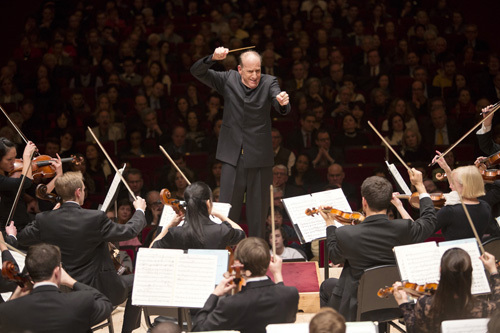
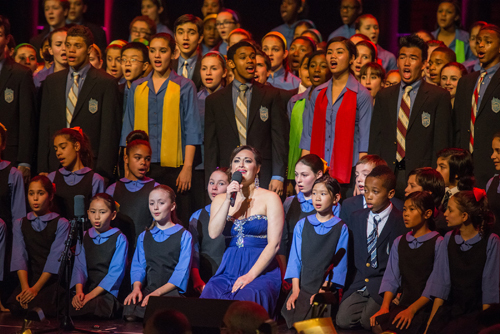
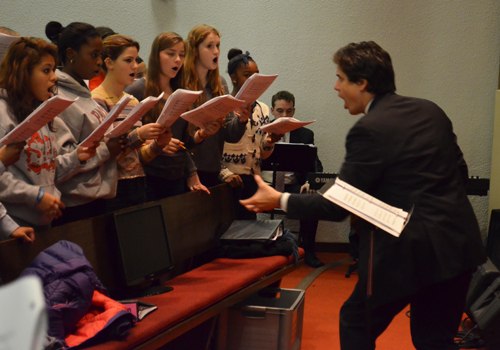
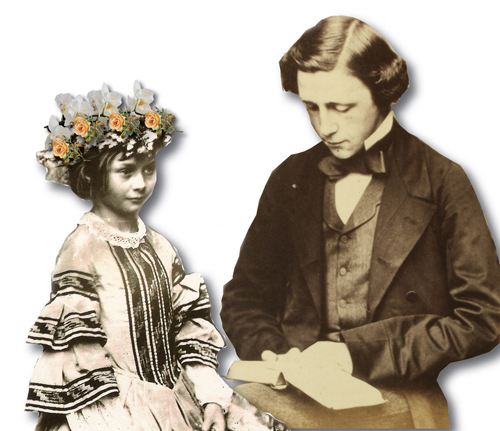
Recent Comments